How to catch mice in 5 simple steps – humane ways to mouse-proof your house
Of all the ways to remove mice from your home, catching and relocating is by far the most humane method, here's how it's done
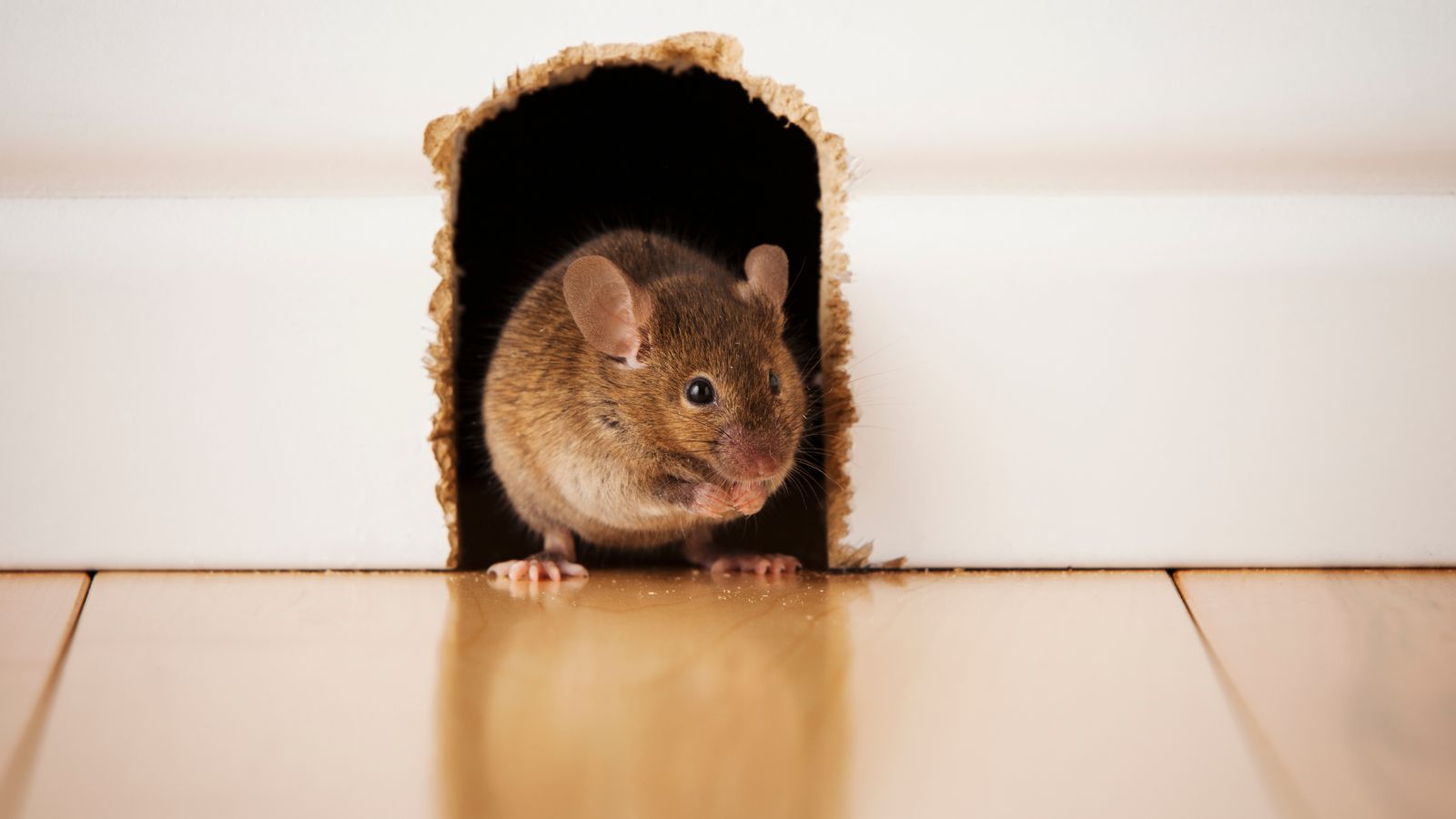

Dealing with mice invading your home can be incredibly frustrating. Not only does this mean there are most likely points of entry that other mice can easily follow through, but it also means you have to go through the hassle of getting rid of them.
However, trapping and removing mice, while nobody's favorite task, can be relatively painless for both you and the mice with the right method.
Once you have spotted the telltale signs you have mice, it's time to get proactive with these five steps from pest control experts to safely and humanely get rid of mice without causing harm to them, your property, or any household members.
How to catch mice
'Locating a mouse's whereabouts is key to setting traps,' says Georgios Liakopoulos from Fantastic Pest Control. 'Be on the lookout for droppings, gnaw marks on furniture, and nests made from shredded materials. Also, mice-infested areas have a musky smell.'
1. Choose a trap
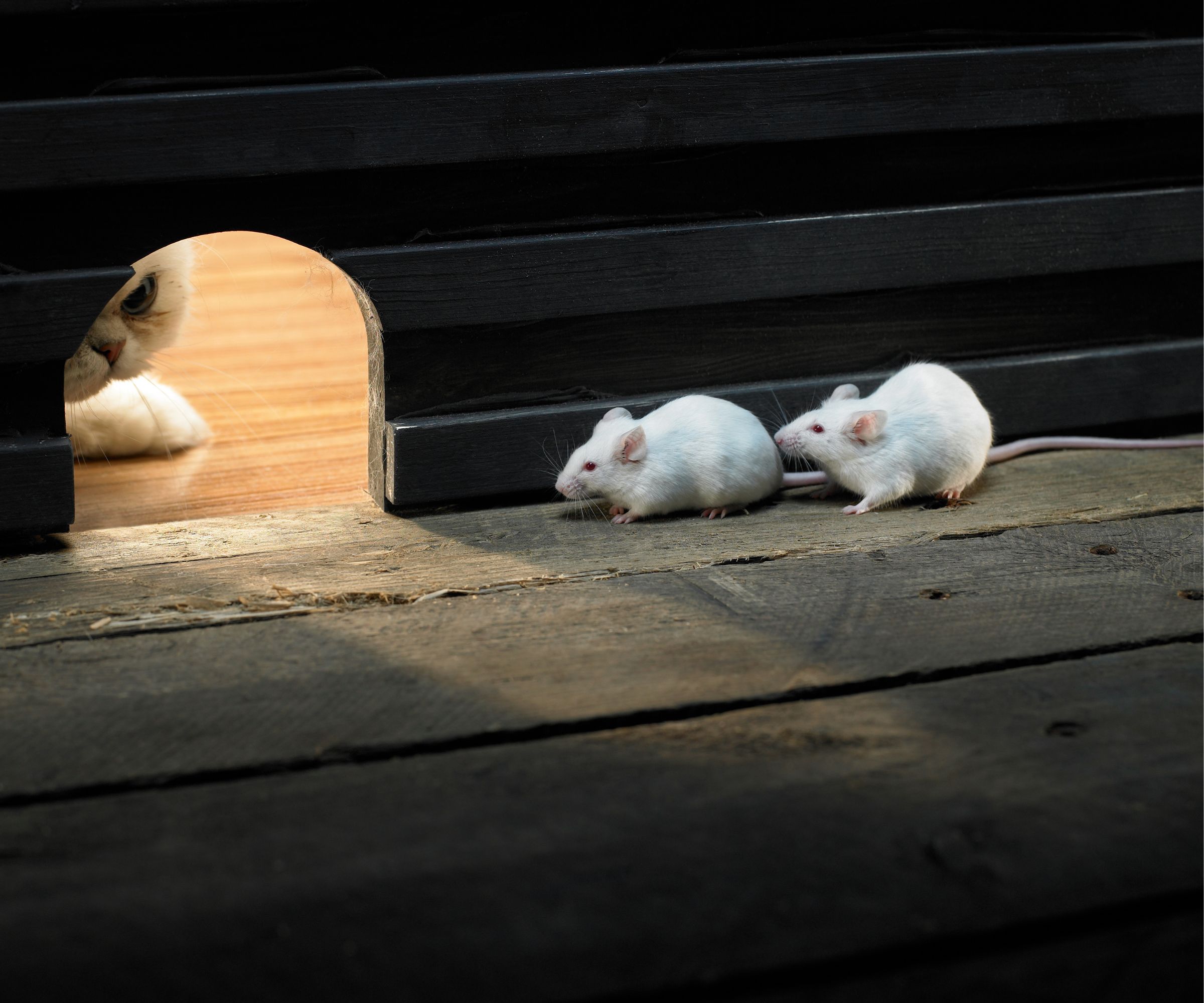
To catch a mouse, you'll need a trap – obviously – but selecting the right one will depend on various factors such as the severity of the infestation, its location, and your personal preferences. The most humane way to rid your home of mice is to trap them using live traps.
'Live traps usually consist of a cage with bait inside that attracts mice,' explains Georgios Liakopoulos. 'As soon as the rodent gets inside, the door will close behind it, trapping the mouse.' You can then remove the mouse from your property.
Different types of live traps include a single-door trap, suitable for capturing one mouse at a time, and multiple-door live traps, which have entrances on either side and are useful for catching multiple mice in a singular spot. You can use this Zeny humane live trap cage at Walmart.
'The only drawback is that live traps only catch one or two mice at a time,' says Georgios Liakopoulos. 'When it comes to large infestations, they are ineffective.' A better solution in cases like this is to use a humane repeater trap, such as this Southern Homewares mouse trap repeater corner unit from Amazon. These are designed to catch multiple mice without resetting.
You can find clear plastic live traps to make it easy to monitor whether any mice have been caught from afar, or tunnel traps, which lead mice to a central chamber where the bait is placed. Since tunnel traps are dark, they can be an enticing space for mice looking for shelter in brighter, more open spaces to enter, making them effective for these locations.
2. Find the ideal place for the trap
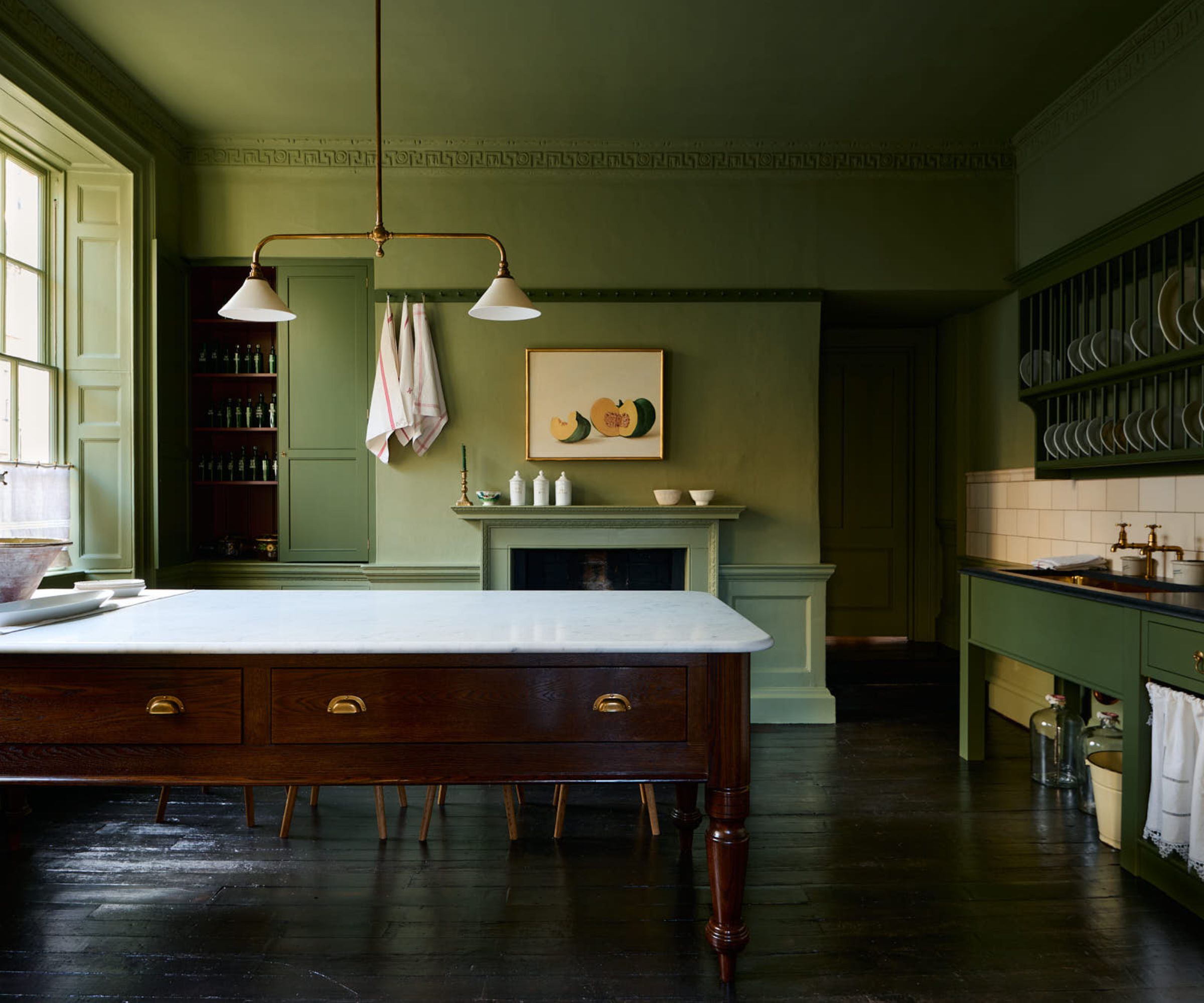
Determining the best place for mice traps depends on two key factors:
- Areas where you've observed signs of activity (such as droppings and gnaw marks).
- Areas mice are naturally drawn to based on their behavioral tendencies (like near food sources, nesting materials, and dark, enclosed spaces). Learn how to get rid of mice in the attic in more detail.
Brett Bennett, Director of Operations at PURCOR Pest elaborates: 'Mice will leave evidence of where they’ve been, so pay attention to where you find droppings. They will avoid wide-open spaces and will instead scamper along the walls and places they can stay hidden. You are most likely to find mice in areas like your basement/attic, in tight crawl spaces, or near locations where there is access to the outside.'
'It's easy to lure mice into traps if you set up an attractive environment,' says Georgios Liakopoulos. So, you should always place the traps in these areas where mice are more likely to nest.'
3. Set the traps
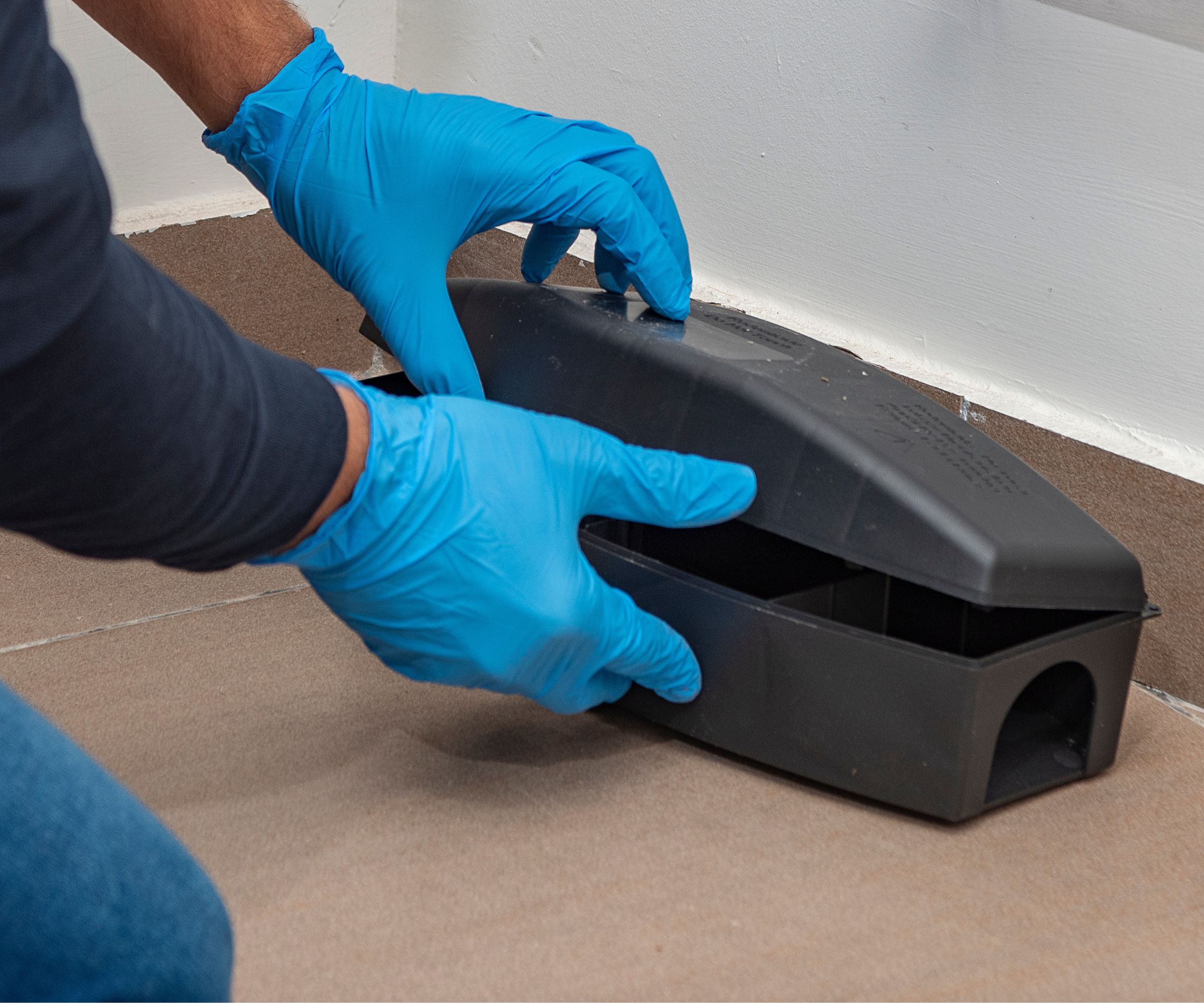
This process is relatively quick and easy, once you've found the best place for traps, it's simply a matter of setting them safely and effectively and waiting for mice to get trapped. Follow the instructions provided for your specific trap to set it up effectively.
Follow safety precautions
Consider any safety issues before setting up the trap, especially if you have children or pets. For example, Georgios Liakopoulos warns: 'Never put traps outside, as they can harm wild animals or pets.'
Handle the trap with care to avoid accidental triggering when setting it up. Some traps have enclosed bait compartments or snap-back prevention mechanisms to minimize accidental triggering.
Place the trap somewhere inaccessible to pets or children, such as behind furniture or in enclosed spaces where only the mice can access it.
Finally, when checking the trap for mice, always wear thick gloves to ensure hygiene and safety, protecting yourself from potential bites or scratches. We recommend these Schwer AIR-SKIN cut-resistant gloves from Amazon.
Include bait
Next, Brett Bennett recommends: 'Make sure you’re using the right bait to trap mice – contrary to popular belief, cheese is not the way to go.
'Mice actually prefer nuts, seeds, and sweets. The best baits are sweet and sticky – like nut butter and maple syrup. But chocolate, bacon, soft cheese, or sticky gumdrops can also work.'
4. Check traps and relocate captured mice
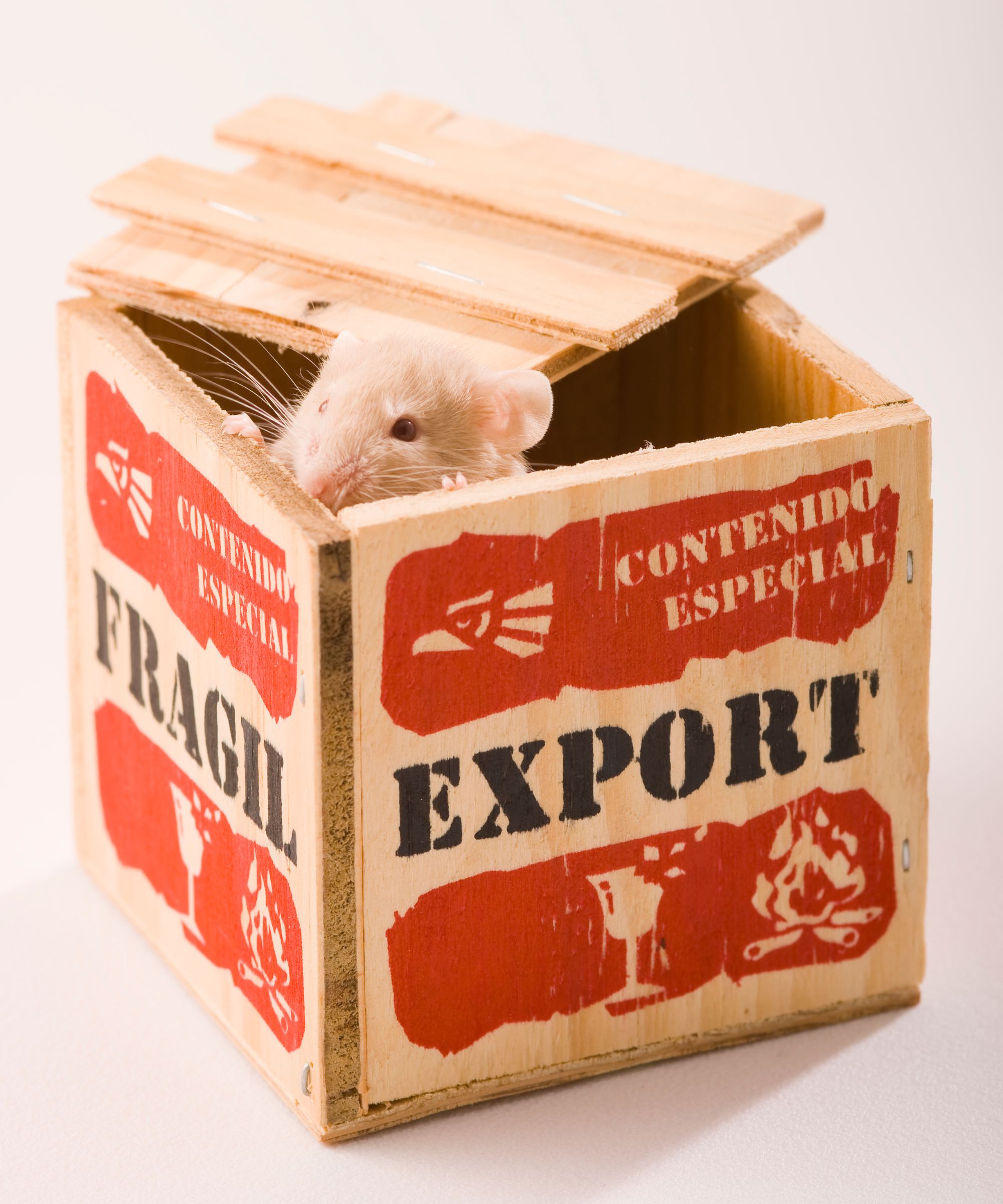
You should check traps regularly, ideally every few hours, to minimize the amount of time mice will spend in captivity. If you have caught a mouse, approach the trap calmly to avoid startling or injuring the captured mouse. Ensure the trap has securely captured the mouse so it cannot escape, checking the snap-back mechanism has successfully closed it in.
Take the mouse in the trap at least 100 feet away from your home and other buildings. Ideally, choose somewhere the mouse can avoid hazards and have suitable food sources and shelter from predators.
Open the trap in the relocation site and allow the mouse to exit on its own accord. Avoid shaking or topping the trap since this can injure the mouse.
5. Reset the trap
'Once you've caught and removed one mouse from your home, it's time to reset the trap to ensure every mouse is caught and removed before stopping this process,' says Brett Bennett.
After releasing a mouse, clean and disinfect the trap thoroughly, ensuring to leave no strong-smelling disinfectant that might deter mice from entering the trap. You can use equal parts white vinegar (or dish soap) and water. This prevents the spread of diseases and maintains the trap's effectiveness while neutralizing odors.
To prevent mice from getting into your house and causing future infestations, be sure to seal off any entry points mice might get into your home through.
'Mice look for food and warmth, entering homes truly wherever they can find any kind of small entrance,' warns Georgios Liakopoulos. 'This can be cracks or holes in your foundation or walls, sewer lines, and even drainage pipes. They can fit through the tiniest openings.'
You can use expandable foam or caulk to seal holes; however, if mice seem to dig or gnaw through this, using steel wool or wire mesh can be a highly effective way to keep them out.
Alongside these ideas, you can also try using natural DIY measures to deter mice throughout your home, such as using peppermint oil to get rid of mice.
Sign up to the Homes & Gardens newsletter
Design expertise in your inbox – from inspiring decorating ideas and beautiful celebrity homes to practical gardening advice and shopping round-ups.

Lola Houlton is a news writer for Homes & Gardens. She has been writing content for Future PLC for the past six years, in particular Homes & Gardens, Real Homes and GardeningEtc. She writes on a broad range of subjects, including practical household advice, recipe articles, and product reviews, working closely with experts in their fields to cover everything from heating to home organization through to house plants. Lola is a graduate, who completed her degree in Psychology at the University of Sussex. She has also spent some time working at the BBC.
-
 Do cleaning products expire? Professional cleaners warn time could make them ‘less effective, and in some cases, irritating to use’
Do cleaning products expire? Professional cleaners warn time could make them ‘less effective, and in some cases, irritating to use’For the best results, it pays to stay on top of the timeline of your cleaning products
By Chiana Dickson Published
-
 7 of the best tomatoes for growing in pots - expert growers pick their top varieties ideal for large harvests from containers
7 of the best tomatoes for growing in pots - expert growers pick their top varieties ideal for large harvests from containersYou can enjoy bumper homegrown harvests in small spaces
By Drew Swainston Published


